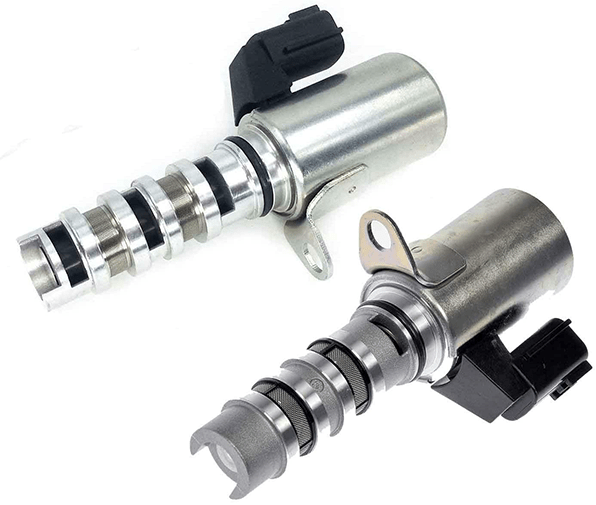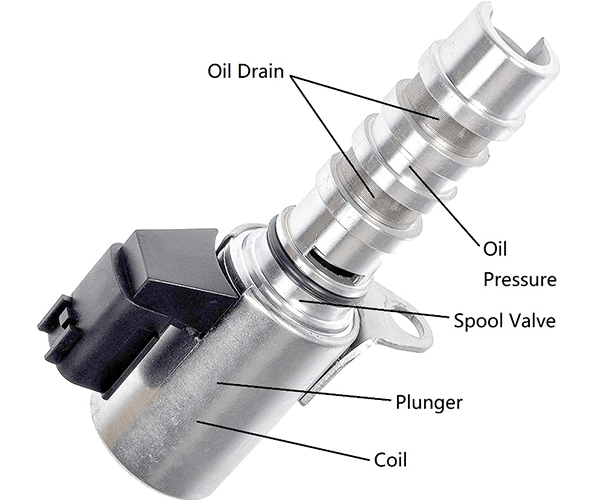
Figure 1: Engine Camshaft Variable Valve Timing Control Solenoid N-VCT for Nissan.
The variable valve timing (VVT) solenoid is a component of the variable valve timing system. It adjusts oil flow based on engine speed and load. VVT solenoids can help to improve performance and fuel efficiency.
VVT, a technology used in automotive piston engines. VVT technology can adjust the overlap time and timing (part or all) of the engine's intake and exhaust systems, reducing fuel consumption and improving efficiency. The VVT solenoid valve is one of the most important components in the operation of the VVT system.
The VVT solenoid controls the left and right movement of the spool valve according to the duty cycle signal provided by the engine control unit (ECU), thereby controlling the direction of the oil passage on the camshaft. If the outflow direction of the lubricating oil is the same as the rotation direction of the camshaft timing gear, the valve opening is advance time; if it is the opposite, the valve opening is lag time.
Constitution of VVT Solenoids
A typical VVT solenoid is composed of a plunger, coils, a spool valve, oil pressure and an oil drain, as shown in the following diagram.

Figure 2: Components of a VVT solenoid.
The Advantages of VVT Solenoids
At present, the vast majority of gasoline engines are equipped with various types of VVT systems, especially those with higher emission standards. In fact, the VVT system achieves the corresponding technical indicators by changing the valve overlap angle according to the requirements of different working conditions. In all, VVT solenoid has the following advantages:
(1) The phase of the intake and exhaust camshafts is adjustable. The adjustment can increase the valve overlap angle and the engine intake air volume.
(2) It can reduce the residual exhaust gas coefficient and improve the charging efficiency.
(3) It improves engine power and torque, effectively increasing fuel economy.
(4) It significantly improves idle speed stability, thereby obtaining comfort and reducing emissions.
The Working Principles of VVT Solenoid
To know about the working principles of VVT solenoid, it is suggested to first learn about how the VVT system works. VVT includes oil control valve (OCV) and variable camshaft tuning (VCT). By adjusting the cam phase of the engine, the intake air volume can be changed with the change of the engine speed, so as to achieve the best combustion efficiency and improve the fuel economy.

Figure 3: The working principles of VVT solenoids.
Piston engines usually lift the throttle to intake and exhaust. The poppet valve is driven directly or indirectly by a cam on the camshaft. In each intake and exhaust cycle, the cam actuated valve is opened for a certain time (overlap time).
At high rotary speed, the engine needs more air. However, the intake valve may close before the required air has fully entered, reducing performance. Therefore, the timing of valve opening and closing is very important.
A continuously open valve causes fuel to exit the engine unburned, reducing engine performance and increasing exhaust pollution. Therefore, the idle speed of the engine should not be too low. On the other hand, if the cam keeps the valve open for an extended period of time, problems can arise at lower rotary speed.
Related Info
What is a Directional Control ValveCommon Directional Control Valve Failures and the Solutions
What is a 3/2 Solenoid Valve?
What is a Refrigeration Solenoid Valve?
5 Refrigeration Solenoid Valve Failures and the Solutions


